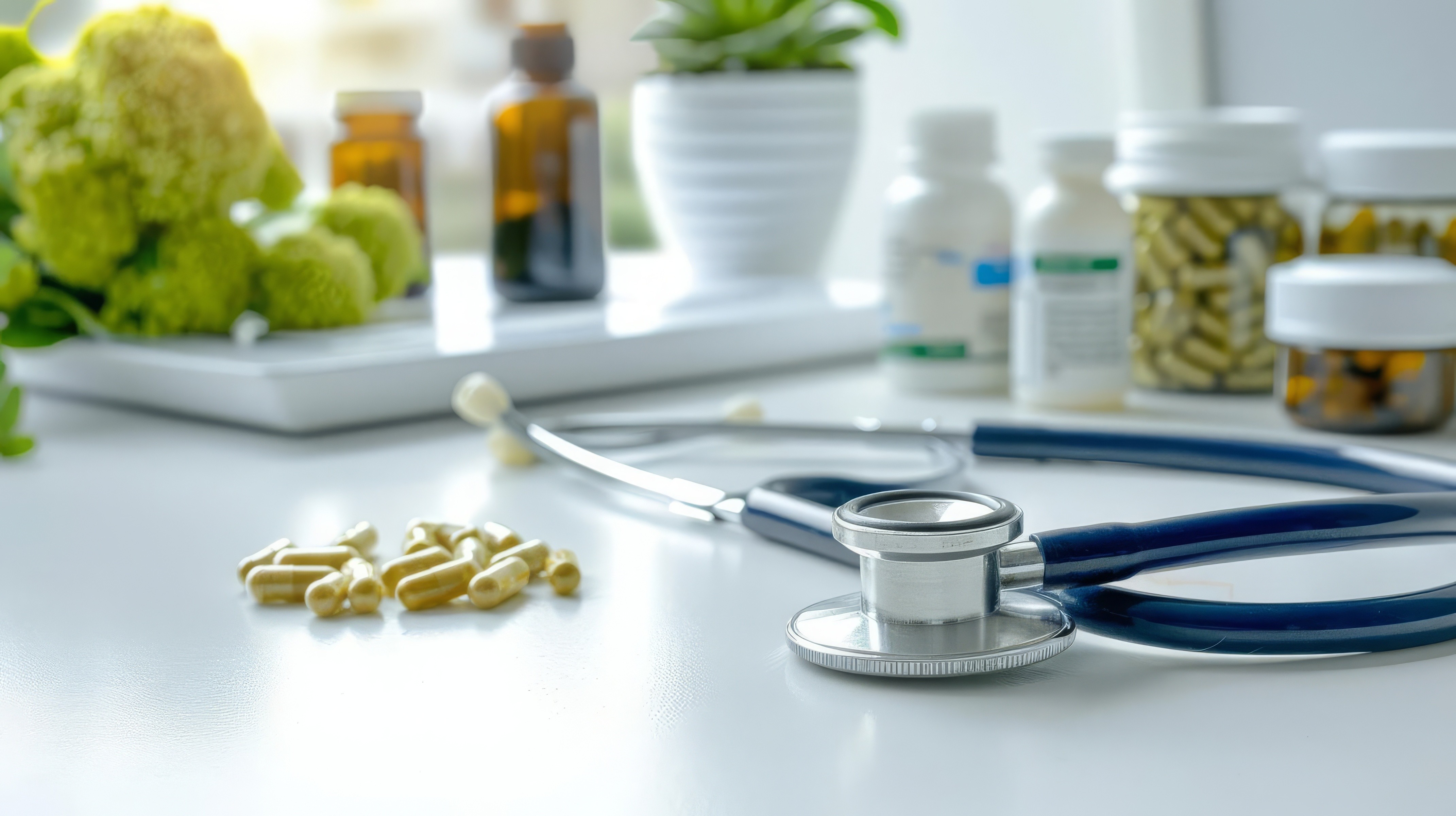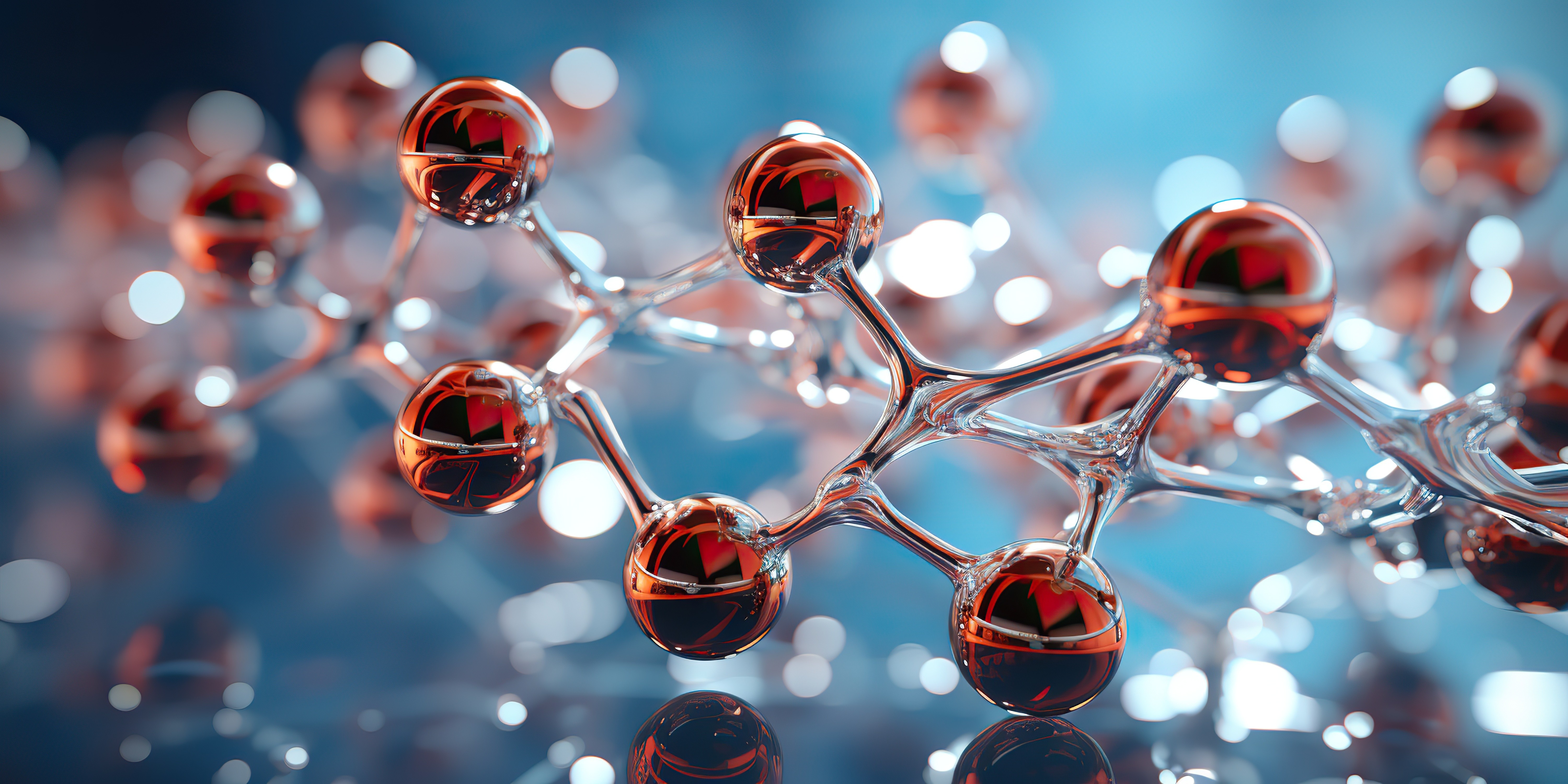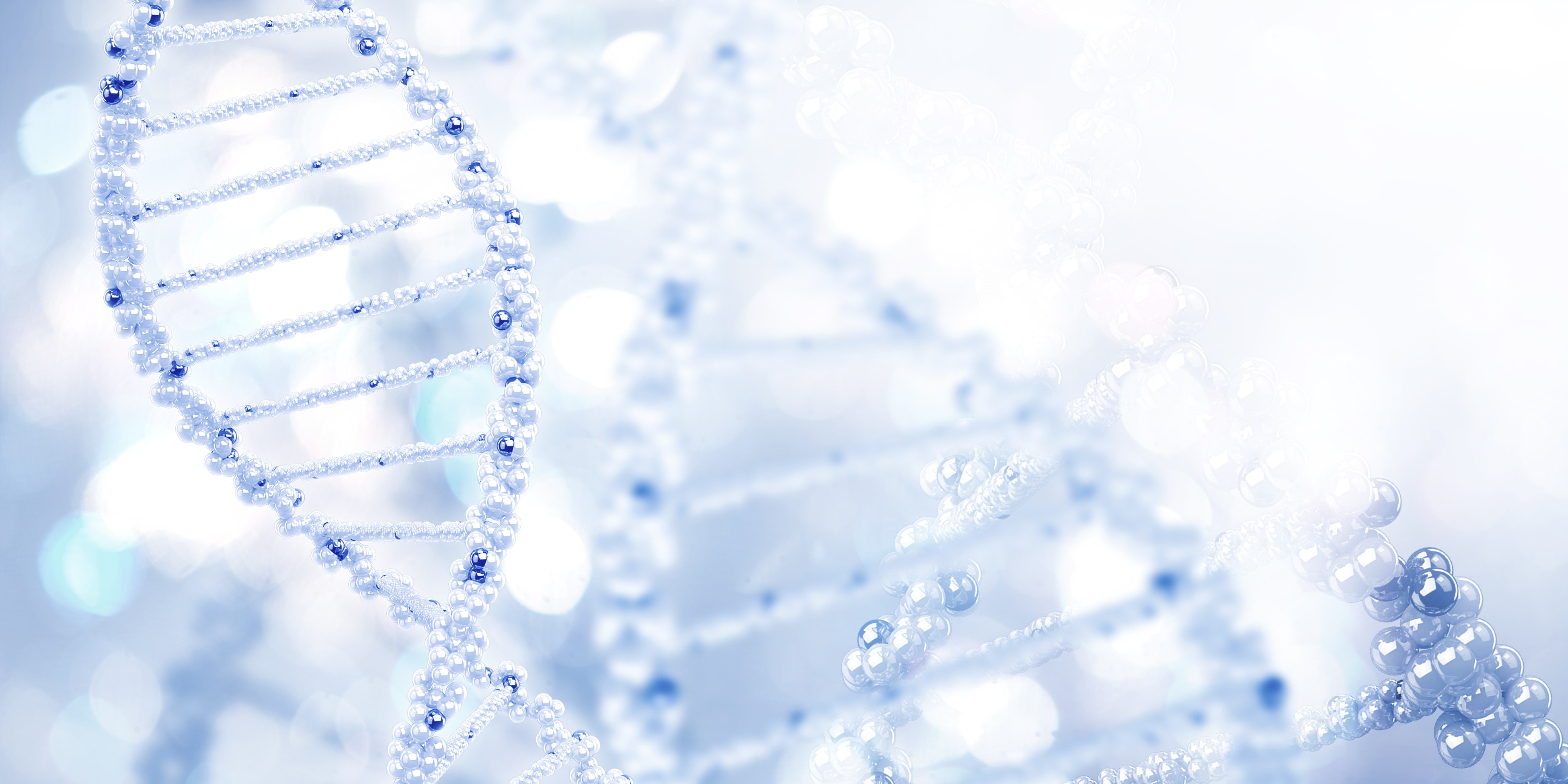BPC-157: Accelerating Recovery in Acute and Chronic Injuries
Introduction
There are two types of injuries: the kind that heal quickly, and the kind that don’t. If you’ve dealt with the latter, you know the frustration. The inflammation lingers, the range of motion stalls, and the "just rest it" advice stops making sense. This is where BPC-157 comes in.
BPC-157 is a synthetic peptide derived from a naturally occurring protein found in the stomach. In the simplest terms, it helps your body repair itself faster and more effectively. Originally studied for gut healing, it quickly showed broader potential—accelerating tendon repair, reducing inflammation, and supporting nervous system recovery.
We use BPC-157 with clients recovering from orthopedic surgeries, athletic injuries, chronic joint issues, and inflammatory conditions. It works systemically, but when injected subcutaneously near the injury, the results are often more targeted and noticeable. Oral versions may be helpful for gut-related conditions, but for musculoskeletal recovery, injections are typically preferred.
What BPC-157 Actually Does
Stimulates angiogenesis (new blood vessel formation) to improve nutrient delivery to damaged tissue
Modulates inflammatory cytokines that slow healing
Enhances fibroblast activity and collagen production for faster tissue repair
Interacts with nitric oxide pathways to promote microcirculation
Pairing BPC-157 With TB-500 and MGF BPC-157 is effective on its own, but it’s often stacked with other regenerative peptides for a more comprehensive approach.
TB-500 (Thymosin Beta-4) is another healing peptide that enhances cellular migration and supports angiogenesis. It works well for diffuse or systemic inflammation—think full-body joint pain, post-operative recovery, or overtraining syndromes.
MGF (Mechano Growth Factor) is a muscle-repair peptide that can be useful when rebuilding after muscle atrophy or localized trauma. It's most often used after surgery or heavy training blocks.
Together, these peptides cover multiple angles:
BPC-157 drives localized healing and reduces inflammation
TB-500 promotes systemic repair and circulation
MGF supports muscle-specific regeneration and growth
Who It's For
Athletes recovering from tendon, ligament, or joint injuries
Active individuals dealing with chronic inflammation or nagging injuries
Post-surgical patients looking to accelerate soft tissue healing
Anyone who has "tried everything" and still isn’t healing right
What to Expect BPC-157 isn't a painkiller. It doesn't mask symptoms—it helps resolve them. Most clients notice improvements in pain, mobility, and recovery time within 2 to 4 weeks. It's generally well-tolerated, and when used under proper guidance, fits well into a broader recovery or performance program.
Risks and Benefits
Like any intervention, peptide therapy should be used strategically.
Benefits:
Accelerated healing of soft tissue and musculoskeletal injuries
Reduced inflammation and post-exercise recovery time
Improved joint function and mobility
Minimal systemic side effects in most users
Risks:
Limited long-term human data (most studies are animal-based)
Peptides like BPC-157 are not FDA-approved
Risk of product inconsistency or contamination if not sourced from a trusted compounding pharmacy
Potential for local irritation or bruising at injection sites
When used under medical guidance, most clients tolerate BPC-157 well, especially when compounded and dosed correctly. As with all therapies we offer, the risk-benefit conversation is individualized.
Final Thoughts
If you’re still stuck in a cycle of slow healing, inflammation, or repeat injuries, it might be time to look at solutions that go beyond rest, ice, and time. Peptides like BPC-157 don’t replace foundational care—they amplify it. Used wisely, they help the body do what it's built to do: heal.
Sources
Sikiric P, Seiwerth S, Rucman R, et al. Pentadecapeptide BPC 157 and the central nervous system. Curr Neuropharmacol. 2016;14(6):641-653. doi:10.2174/1570159X14666160321115930
Pevec D, Zizek T, Gorenjak M, et al. BPC 157 and its role in muscle and tendon healing: Current insights and mechanisms. Int J Mol Sci. 2020;21(18):6960. doi:10.3390/ijms21186960
Staresinic M, Sebecic B, Vuksic T, et al. The influence of pentadecapeptide BPC 157 on healing of segmental bone defect in rabbit. J Orthop Res. 2003;21(5):941-947. doi:10.1016/S0736-0266(03)00073-6
Goldspink G. Mechanical signals, IGF-I gene splicing, and muscle adaptation. Physiology (Bethesda). 2005;20:232-238. doi:10.1152/physiol.00004.2005
Badamchian M, Damavandy A, Serafini AN, et al. Thymosin beta 4 reduces inflammation and accelerates wound healing in a diabetic mouse model. Expert Opin Biol Ther. 2003;3(2):291-298. doi:10.1517/14712522.3.2.291
Read More Articles
We consider all the drivers of change gives you the components you need to change to create a truly happens.









